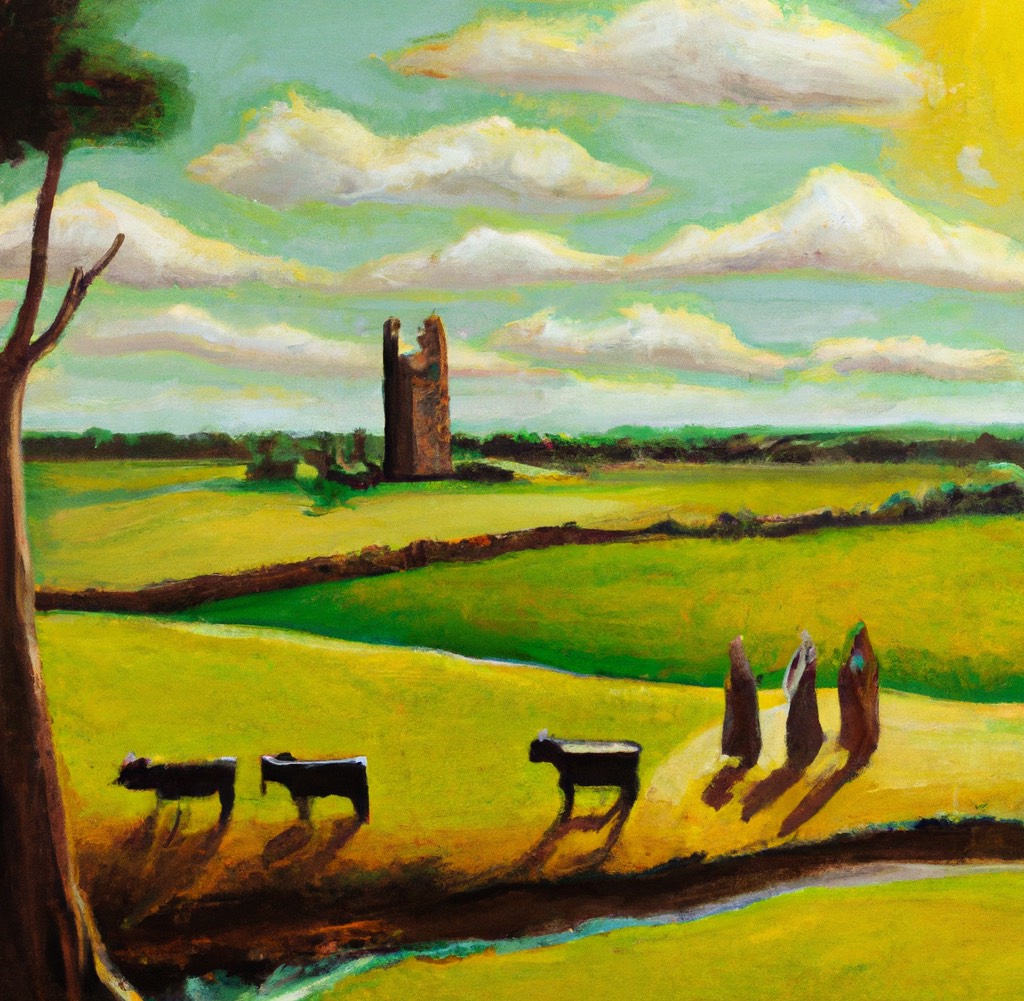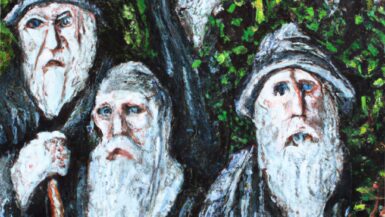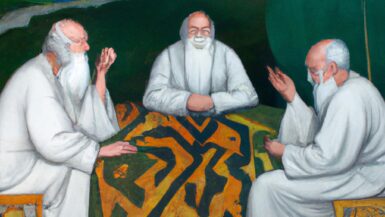Brehon Laws: A Recap of Ancient Irish Jurisprudence
Before delving into their decline, it’s vital to understand the essence of Brehon Laws. Serving as the primary legal system in Ireland for centuries, Brehon Laws or “Fénechas” were a collection of ancient Irish legal texts and traditions. Emphasizing restorative justice over punitive measures, they uniquely blended social customs, moral principles, and pragmatic regulations.
The Norman Invasion and Initial Impact
The 12th century marked a transformative phase for Ireland. With the Norman invasion in 1169, the initial tremors that would eventually shake the foundation of Brehon Laws began.
Early Norman Legal Impositions
Upon their arrival, the Normans initiated the establishment of their own legal and administrative systems. While they did adopt certain elements of Irish culture, they largely remained aloof from the native legal system, especially in areas they heavily controlled.
The Lordship of Ireland
Established by the English crown in the late 12th century, the Lordship of Ireland denoted territories under direct Norman control. Here, the English legal system started taking root, sidelining Brehon Laws in these regions.
Gradual Supersession by English Common Law
While Brehon Laws continued to dominate Gaelic regions, English Common Law began its gradual penetration, influencing the Irish legal landscape.
The Expansion of English Territories
Over the centuries, the areas under English control expanded. With this territorial expansion came the infiltration of English legal, social, and political structures, further sidelining the Brehon system.
The Assimilation of Normans into Gaelic Culture
Interestingly, while the Normans introduced English legal traditions, many of them also became “more Irish than the Irish themselves.” They assimilated into Gaelic society, adopting certain elements of Brehon Laws in personal disputes.
Legal Dualism
For several centuries after the Norman invasion, Ireland exhibited a legal dualism. While English Common Law predominated in Norman territories, Brehon Laws persisted in Gaelic areas. However, as English influence grew, this dualism became increasingly unsustainable.
Statutes and Policies Weakening Brehon Laws
The English administration, aware of the power of legal systems in cultural preservation, implemented several statutes to curb the influence of Brehon Laws.
The Statutes of Kilkenny (1366)
Aimed at halting the assimilation of the Normans into Gaelic culture, these statutes explicitly prohibited the use of Brehon Laws among the English settlers. It was an early legislative attempt to suppress native Irish traditions and solidify English Common Law.
Tudor Reconquest and Centralization
The 16th century Tudor reconquest further amplified English dominance. The centralization of administrative powers and the dissolution of Gaelic lordships directly challenged the socio-legal structures that supported Brehon Laws.
The Death Knell: The Seventeenth Century Onwards
The 1600s were particularly detrimental to Brehon Laws. English dominance, both politically and culturally, reached new heights during this period.
The Flight of the Earls (1607)
When prominent Gaelic lords fled Ireland in 1607, it created a power vacuum that the English swiftly filled. Traditional Gaelic institutions, including the Brehon legal system, lost crucial patrons and protectors.
The Cromwellian Conquest
The mid-17th century Cromwellian conquest and subsequent confiscation of lands further entrenched English Common Law. With the establishment of English-style land ownership and tenancy, legal traditions supporting the old Gaelic order became redundant.
Penal Laws
Implemented between the 17th and 18th centuries, these laws aimed at subjugating and Anglicizing the Catholic majority. They further marginalized native traditions, including Brehon Laws, by legally reinforcing English cultural dominance.
Legacy and Retrospection
While Brehon Laws were effectively supplanted by English Common Law, their echoes remain. Modern-day interest in these laws showcases a nation’s endeavor to reconnect with its ancient legal and cultural heritage.
Recent scholarship has delved deep into Brehon manuscripts, unraveling the intricacies of this unique legal system. While the laws themselves no longer govern disputes, they remain a testament to Ireland’s rich historical tapestry, reflecting a society that once was.
In understanding the decline of Brehon Laws, we not only trace the trajectory of Irish legal history but also witness the profound impact of political conquests on the cultural and legal fabric of a society.






Leave a reply